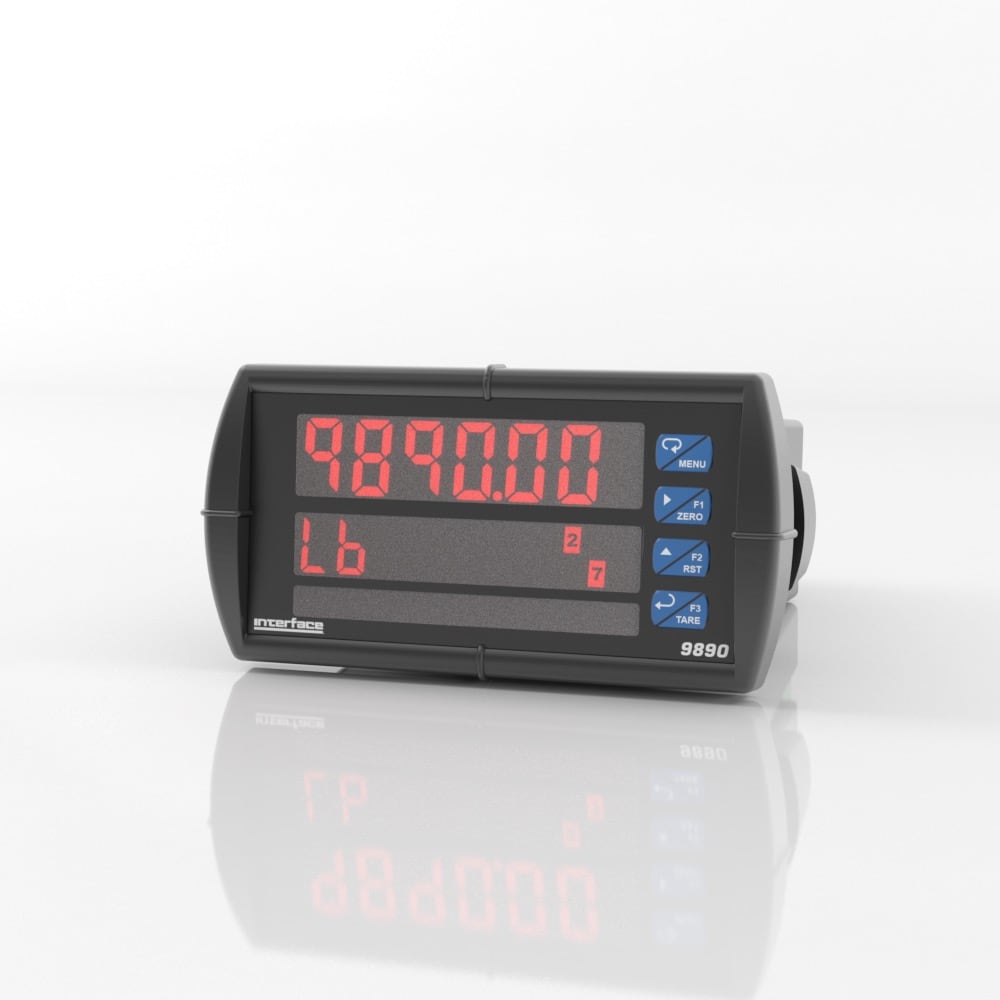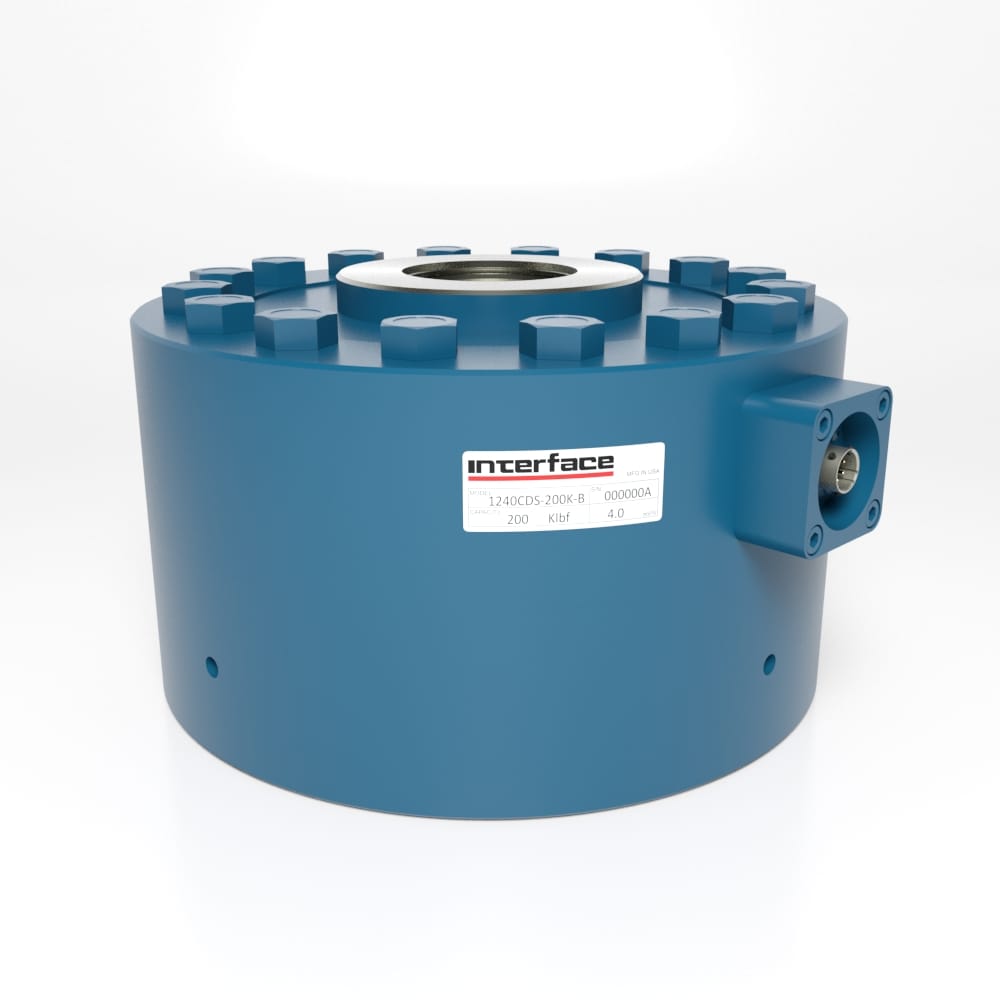Getting a rocket and its payload beyond earth’s orbit is no easy task. There’s nothing more important than structural integrity, and achieving it on a rocket is incredibly difficult. The gravity on Earth produces a force that pull objects towards each other, but when a rocket gets to space, forces want to pull it apart. It’s easy to prevent against either pushing or pulling, but to protect against both at the same time requires deep expertise of how forces interact.
The degree of accuracy and reliability required for the testing of rockets is equally critical, leaving no room for error. If a launch mission is unsuccessful, the billions of dollars invested in the rocket and its payload is suddenly lost. The amount of time, money and resources needed for space exploration makes the testing of the launch structure too critical to fail.
Faced with these challenges, NASA turned to Interface in the development of its Space Launch System (SLS) to replace its Saturn 5 rocket. NASA needed to verify the structural performance of the core stage of the SLS under simulated launch conditions.
Interface is well-known in the industry for manufacturing load cells, many of which have been used regularly for structural testing on rockets and a variety of other aerospace and spacecraft applications.





